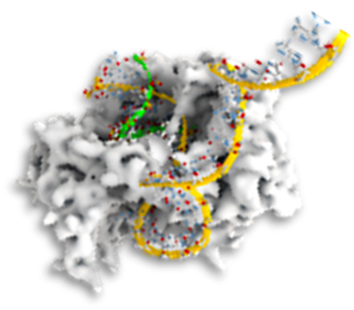
Biofilms are bacterial communities attached to a surface or tissue, embedded in a self-produced matrix of extracellular polymeric substances (EPS) consisting of polysaccharides, proteins, lipids, and nucleic acids. Bacterial biofilms exist for very long time in our earth’s history; fossils evidence dating back to 3.2 billion years. The enveloping EPS matrix shields pathogenic bacteria from host defenses and drugs. Higher organisms, including humans, are colonized by biofilms, associated with persistent infections in plants and animals, and with the contamination of medical devices and implants. Biofilms contribute to ~80% of the total pathogenic infections worldwide which can prove fatal at times. The bacterial biofilm life cycle as a multi-stage process, each of these stages are controlled by different mechanisms and timely orchestrated gene expression that determines their collective behavior. Understanding their formation, organization, and communication can unveil vulnerabilities leading to new treatments and antimicrobial agents.






